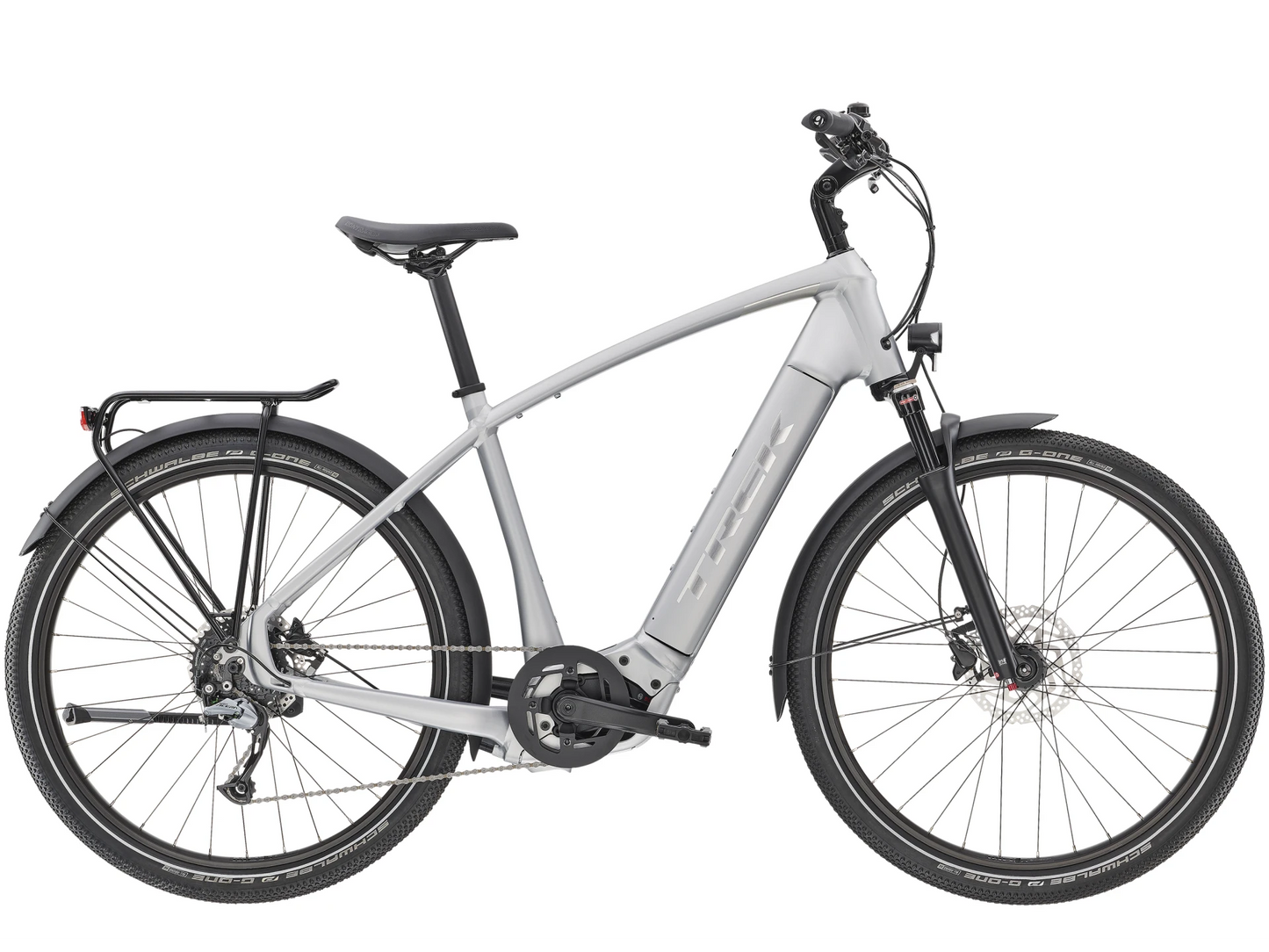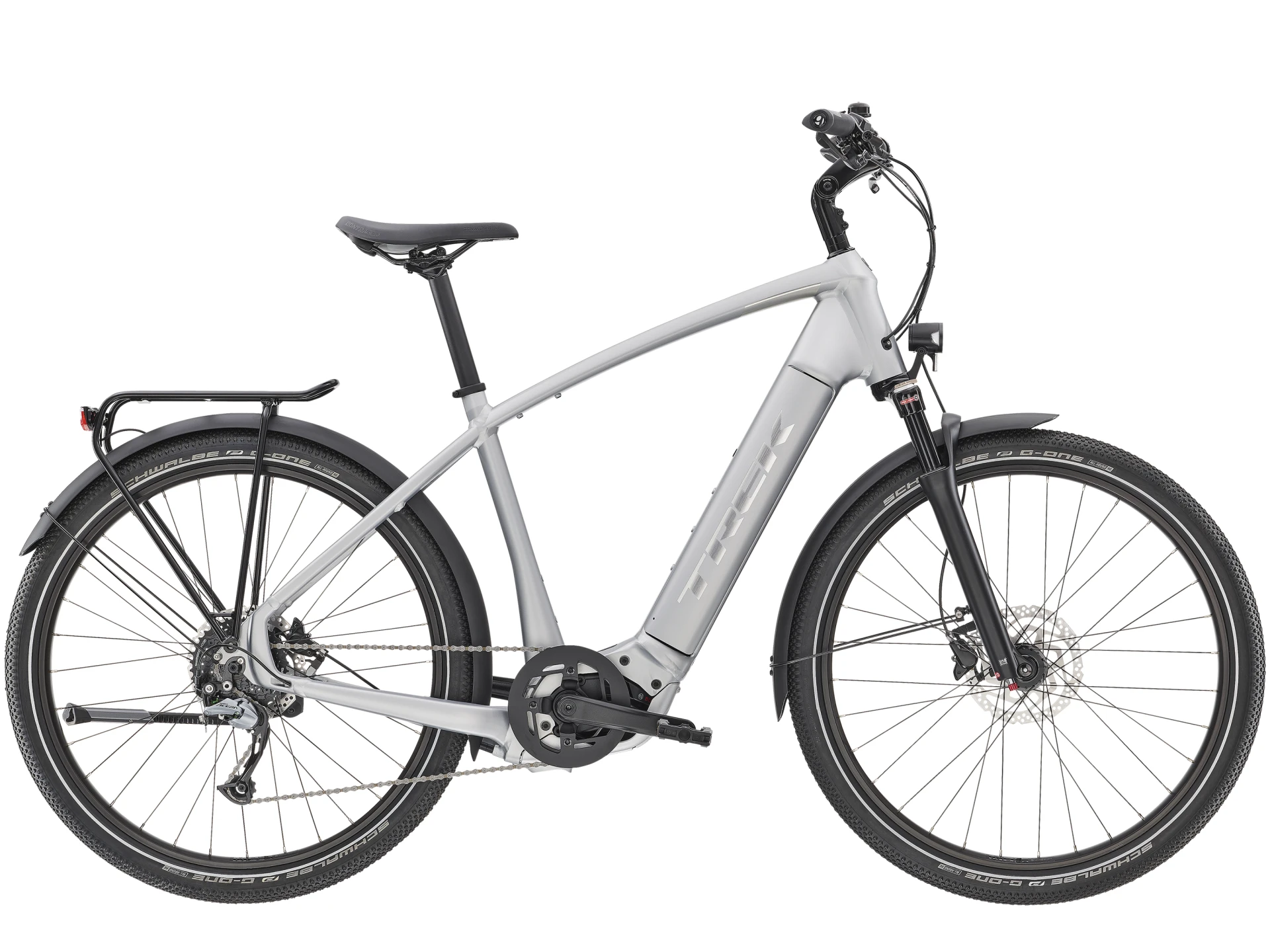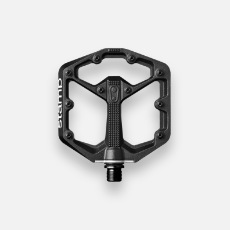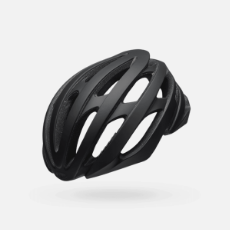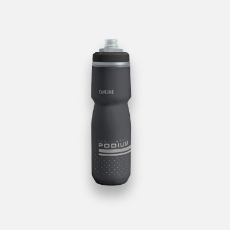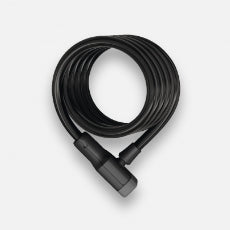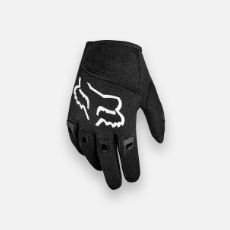Product Details
Product Details
eBikes by their very nature can require aftermarket updates and support. This cannot be supplied by All Terrain Cycles at distance; if required the work would have to be obtained from your local Brand Dealership, possibly at extra cost to yourself.
Your eBike will be delivered built, set up and updated in two boxes.
Minimum personal assembly is required.
Key Features
- 250W Bosch Performance Motor: Most reliable pedal-assist motor in e-bike industry, capable of sustaining speeds up to 25 km/h.
- Hydraulic Disc Brakes: Reliable braking performance to keep you in control, whatever the weather.
- 9 Shimano Gears: Wide range of gears suitable for a range of terrain, with the simplicity of a single shifter.
Full Specification
- Frame: High-performance hydroformed alloy, Removable Integrated Battery, Range Boost-compatible, internal cable routing, Motor Armor, post-mount disc, 135x5 QR
- Fork: Allant Rigid Fork
- Motor: Bosch Performance CXZ, magnesium motor body, 250 watt, 85Nm, 25km/h max.assist
- Battery: Bosch PowerTube, vertical, 500 wh
- Charger: Bosch standard 4A, 230V, smart system
- Controller: Bosch Purion
- Gear Shifters: Shimano Alivio M3100, 9-speed
- Chainset: ProWheel Alloy
- Chainrings: 48T
- Rear Cassette: Shimano HG200, 11-36, 9-speed
- Chain/Belt: KMC E9S, 9-speed
- Front Derailleur: N/A
- Rear Derailleur: Shimano Alivio M3100, 9-speed
- Pedals: Bontrager City pedals
- Rims: Alex MD35, tubeless compatible, 32-hole, 35 mm width, Presta valve
- Front Hub: Bontrager sealed bearing, 32-hole, 15 mm alloy thru-axle
- Rear Hub: Formula DC-22, alloy, 6-bolt, Shimano 8/9/10 freehub, 135x5 mm QR
- Front Tyre: Bontrager E6 Hard-Case Lite, reflective strip, 27.5x2.40"
- Rear Tyre: Bontrager E6 Hard-Case Lite, reflective strip, 27.5x2.40"
- Brakes: Shimano MT200 hydraulic disc , RT26 180mm rotors
- Handlebars: Alloy low riser, 31.8mm, 25mm rise, 11 degree backsweep, 690mm width
- Handlebar Grips/Tape: Bontrager Satellite Plus
- Headset: FSA IS-2 alloy, integrated, sealed cartridge bearing, 1-1/8" top, 1.5" bottom
- Stem: Bontrager Comp, 31.8 mm, Blendr compatible, 7-degree, 70 mm length
- Saddle: Bontrager Commuter Comp
- Seatpost: Bontrager Comp, 6061 alloy, 31.6 mm, 12mm offset, 330mm length
- Accessories: Pletscher Comp Flex 18,Racktime Lightit Rack, Mudguard
- Weight: L - 26.40 kg
We reserve the right to make changes to the product information contained on this site at any time without notice, including with respect to equipment, specifications, models, colours, materials and pricing. Due to supply chain issues, compatible parts may be substituted at any time without notice.
Bike and frame weights are based on pre-production painted frames at time of publication. Weights may vary in final production.
How to Build Your Bike
How to Build Your Bike
Aftercare
Aftercare
You Might Be Interested In
TREK ALLANT+ 7 ELECTRIC HYBRID BIKE 2022 - MATTE QUICKSILVER
SKU: 592644
EPOS Code:
Product Description
Product Description
eBikes by their very nature can require aftermarket updates and support. This cannot be supplied by All Terrain Cycles at distance; if required the work would have to be obtained from your local Brand Dealership, possibly at extra cost to yourself.
Your eBike will be delivered built, set up and updated in two boxes.
Minimum personal assembly is required.
Key Features
- 250W Bosch Performance Motor: Most reliable pedal-assist motor in e-bike industry, capable of sustaining speeds up to 25 km/h.
- Hydraulic Disc Brakes: Reliable braking performance to keep you in control, whatever the weather.
- 9 Shimano Gears: Wide range of gears suitable for a range of terrain, with the simplicity of a single shifter.
Full Specification
- Frame: High-performance hydroformed alloy, Removable Integrated Battery, Range Boost-compatible, internal cable routing, Motor Armor, post-mount disc, 135x5 QR
- Fork: Allant Rigid Fork
- Motor: Bosch Performance CXZ, magnesium motor body, 250 watt, 85Nm, 25km/h max.assist
- Battery: Bosch PowerTube, vertical, 500 wh
- Charger: Bosch standard 4A, 230V, smart system
- Controller: Bosch Purion
- Gear Shifters: Shimano Alivio M3100, 9-speed
- Chainset: ProWheel Alloy
- Chainrings: 48T
- Rear Cassette: Shimano HG200, 11-36, 9-speed
- Chain/Belt: KMC E9S, 9-speed
- Front Derailleur: N/A
- Rear Derailleur: Shimano Alivio M3100, 9-speed
- Pedals: Bontrager City pedals
- Rims: Alex MD35, tubeless compatible, 32-hole, 35 mm width, Presta valve
- Front Hub: Bontrager sealed bearing, 32-hole, 15 mm alloy thru-axle
- Rear Hub: Formula DC-22, alloy, 6-bolt, Shimano 8/9/10 freehub, 135x5 mm QR
- Front Tyre: Bontrager E6 Hard-Case Lite, reflective strip, 27.5x2.40"
- Rear Tyre: Bontrager E6 Hard-Case Lite, reflective strip, 27.5x2.40"
- Brakes: Shimano MT200 hydraulic disc , RT26 180mm rotors
- Handlebars: Alloy low riser, 31.8mm, 25mm rise, 11 degree backsweep, 690mm width
- Handlebar Grips/Tape: Bontrager Satellite Plus
- Headset: FSA IS-2 alloy, integrated, sealed cartridge bearing, 1-1/8" top, 1.5" bottom
- Stem: Bontrager Comp, 31.8 mm, Blendr compatible, 7-degree, 70 mm length
- Saddle: Bontrager Commuter Comp
- Seatpost: Bontrager Comp, 6061 alloy, 31.6 mm, 12mm offset, 330mm length
- Accessories: Pletscher Comp Flex 18,Racktime Lightit Rack, Mudguard
- Weight: L - 26.40 kg
We reserve the right to make changes to the product information contained on this site at any time without notice, including with respect to equipment, specifications, models, colours, materials and pricing. Due to supply chain issues, compatible parts may be substituted at any time without notice.
Bike and frame weights are based on pre-production painted frames at time of publication. Weights may vary in final production.
How to Build Your Bike
How to Build Your Bike
Aftercare
Aftercare
You Might Be Interested In
